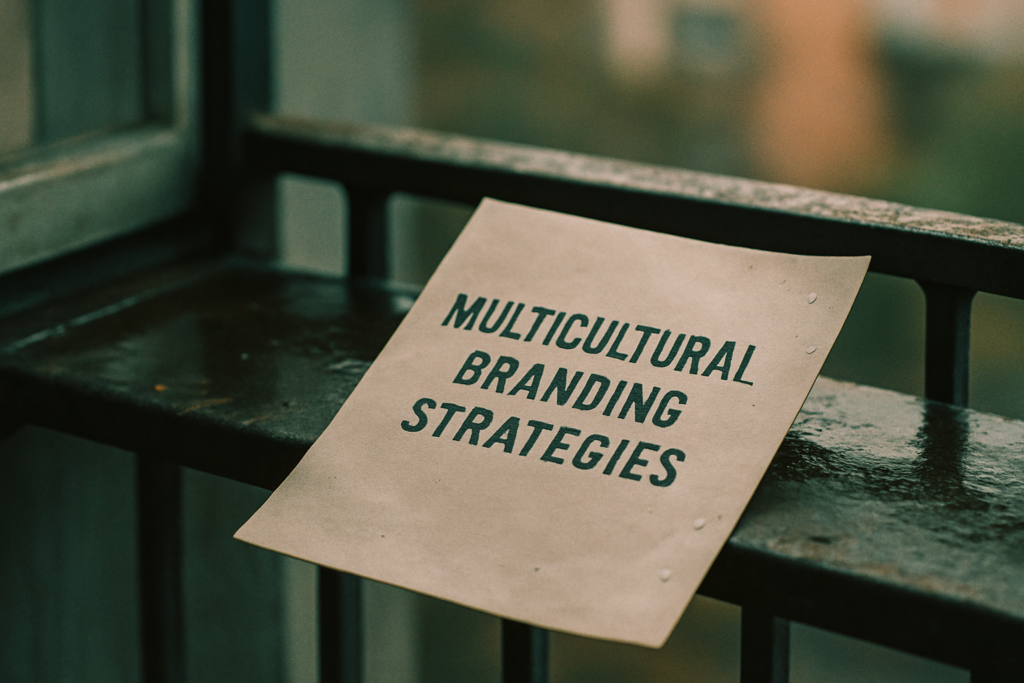The Evolution of Social Media in Marketing
Social media’s landscape has transformed dramatically, making it a cornerstone of international marketing strategies. This evolution reflects in the shift from local engagement to global outreach.
From Local to Global: The Expansion
Initially, social media focused on connecting individuals within local communities. Platforms like Facebook, launched in 2004, prioritized personal interactions.
Over time, features expanded to support business pages, driving local customer engagement. Today, platforms like Instagram and
LinkedIn allow businesses to reach global audiences seamlessly. For instance, Instagram stories and LinkedIn posts enable brands to share content internationally, fostering a unified global presence.
Key Milestones in Social Media Marketing
Several key milestones have marked the shift to international marketing:
- 2004: Facebook launched, initially connecting college students, then expanding to the general public.
- 2006: Twitter introduced microblogging, which fosters global conversations.
- 2010: Instagram launched, focusing on visual content that resonates across borders.
- 2014: Facebook introduced video ads, crucial for visual storytelling in marketing campaigns.
- 2017: LinkedIn enhanced targeting options, supporting B2B marketing globally.
- 2020: TikTok’s rise underscored the power of short-form video content for global engagement.
These milestones illustrate social media’s role in breaking geographical barriers, enabling businesses to target international audiences effectively.
Key Platforms and Their Market Impact
Many platforms play pivotal roles in international marketing, with different impacts on diverse markets. Let’s delve into a few prominent ones.
Facebook and Instagram: The Titans of Influence
Facebook and Instagram dominate the social media landscape. With 2.8 billion and 1 billion monthly active users respectively (as of 2021), they offer advertising opportunities that cater to both broad and niche audiences.
Facebook’s advanced targeting features allow businesses to segment audiences by demographic, location, and interests. This enhances the ability to tailor campaigns for specific international markets.
Instagram excels in visual marketing, reaching younger demographics effectively. Brands use Instagram Stories and Influencer partnerships to build awareness and drive engagement. Given Instagram’s integration with Facebook Ads Manager, brands optimize cross-platform campaigns seamlessly.
Emerging Platforms: Opportunities in Diverse Markets
New platforms offer unique marketing opportunities. TikTok’s rapid growth reached 1 billion monthly active users by 2020. Its algorithm promotes content virality, making it ideal for brands aiming to capture attention through creative content.
LinkedIn focuses on professional networking, with around 740 million users. It provides B2B marketers with tools to reach decision-makers. Features like LinkedIn Ads and Sponsored Content enhance lead-generation efforts.
WeChat dominates the Chinese market with over 1.2 billion users. It’s more than a social platform, integrating messaging, e-commerce, and payment services. Brands leveraging WeChat reach consumers through tailored content, mini-programs, and direct sales.
Here’s a glance at user statistics:
| Platform | Monthly Active Users |
|---|---|
| 2.8 billion | |
| 1 billion | |
| TikTok | 1 billion |
| 740 million | |
| 1.2 billion |
Engaging with these platforms, businesses impact diverse markets and optimize their international marketing strategies.
Strategies for Leveraging Social Media Internationally

Social media plays a crucial role in international marketing strategies. It’s important to employ effective tactics tailored to global audiences.
Content Localization and Cultural Sensitivity
Localizing content and considering cultural nuances is essential for international success. Translations should capture local dialects and contemporary phrases. For instance, a campaign targeting Spanish-speaking countries should adapt content to reflect regional variances like Mexican or Argentinian Spanish.
Using culturally relevant symbols and imagery enhances engagement. Businesses should research cultural holidays and local events.
Promotions during Chinese New Year for Asian markets or Thanksgiving for the US can improve relatability. Missteps, such as using culturally sensitive symbols improperly, can alienate audiences. Consulting local experts mitigates this risk.
Respecting cultural norms and etiquette also plays a role. Campaigns should avoid controversial symbols or colors. For example, the color white symbolizes mourning in some Asian cultures but purity in Western ones. This differentiation ensures campaigns are well-received across diverse markets.
Cross-Platform Marketing Techniques
Cross-platform marketing is vital for reaching diverse audiences. Businesses should understand platform preferences by region. Facebook and Instagram have high engagement in North America and Europe, while WeChat dominates in China.
Synchronizing campaigns across platforms increases visibility. Coordinated posts on Instagram, Facebook, and LinkedIn maintain brand consistency. Each platform’s unique strengths should be leveraged—Instagram for visual content, LinkedIn for professional outreach, and Facebook for community building.
Platforms should be used according to their strengths. TikTok is best for viral content and younger demographics, while LinkedIn targets professionals. Content should be tailored to each platform’s format and audience.
For video campaigns, shorter, visually striking videos suit TikTok, while in-depth, educational videos perform better on LinkedIn.
Analytics and performance tracking help refine strategies. Monitoring engagement metrics across different platforms reveals which tactics work best. A/B testing can determine the most effective content variations for each market segment.
By employing these strategies, businesses can maximize their international marketing efforts and build strong, culturally informed connections with global audiences.
Measuring Success in Social Media Campaigns
Effectively measuring success in social media campaigns is critical for international marketing. To determine the impact of a campaign, I focus on analytics and case studies.
Analytics and Metrics for International Reach
Analytics tools offer insights into international reach. I use tools like Google Analytics and social media platform analytics to track key performance indicators (KPIs).
Important KPIs include:
- Engagement Rate: Measures the level of interaction. High engagement indicates strong audience connection.
- Reach and Impressions: Represents the number of people seeing the content. Essential for assessing global presence.
- Conversion Rate: Tracks the percentage of users taking desired actions, like making purchases or signing up for newsletters.
- Follower Growth: Monitors the increase in social media followers over time, showing audience growth.
- Click-Through Rate (CTR): Indicates how often users click on links, providing insight into content effectiveness.
These metrics help in understanding the campaign’s performance and make data-driven adjustments.
Case Studies: Successful Global Campaigns
Examining successful campaigns provides valuable insights. I study case studies to identify effective strategies.
- Airbnb’s #WeAccept Campaign: During the Super Bowl, Airbnb launched this campaign to promote diversity and inclusion. It resulted in significant global engagement, with over 5 million views and a 33% increase in brand favorability.
- Coca-Cola’s “Share a Coke” Campaign: By personalizing bottles with popular names in different countries, Coca-Cola saw a 2% increase in U.S. sales. The campaign was replicated globally, boosting international brand recognition.
- Nike’s “Dream Crazy” Campaign: Featuring Colin Kaepernick, this campaign went viral, gaining $6 billion in brand value. Its global impact is a prime example of leveraging socio-political movements to connect with audiences.
By analyzing these case studies, I gain insights into strategies that resonate globally and apply them to optimize my social media campaigns.
Challenges in International Social Media Marketing
International social media marketing presents unique challenges that require strategic planning. From regulatory constraints to language and cultural barriers, marketers must address these issues to succeed globally.
Navigating Regulatory Constraints
When marketing internationally, regulatory constraints vary by country. Compliance with each region’s digital marketing laws and social media regulations is essential.
For instance, the General Data Protection Regulation (GDPR) in the European Union imposes strict rules on data privacy and user consent.
Failure to comply with such regulations can lead to hefty fines and damage to the brand’s reputation. Additionally, some countries like China have strict internet censorship laws, which restrict the use of certain social media platforms.
Marketers should stay informed about legal requirements in each target market and work with legal experts to ensure compliance.
Addressing Language and Cultural Barriers
Language and cultural barriers can significantly impact international marketing efforts. Accurate translation of content is crucial but it’s also important to adapt messages to fit cultural contexts.
Direct translations may not always convey the intended message due to cultural nuances and linguistic differences
For example, a marketing campaign that resonates well in the US might not have the same effect in Japan. Incorporating local idioms, expressions, and cultural references enhances relatability and engagement.
Leveraging native speakers and cultural consultants helps ensure the content’s effectiveness.
ABOUT THE AUTHOR
Mildredie Navarreterrie
Mildredie Navarreterrie is the driving force behind The Global Reach Visionary, a cutting-edge platform that has become a beacon of insight and expertise for those engaged in the global arena. As the founder, Mildredie has cultivated a dynamic space where global news is not just reported but analyzed with a depth that reveals underlying trends and shifts in the international landscape. Her platform offers invaluable international trade insights, helping businesses and professionals understand the complexities of global markets and the nuances that can make or break international ventures.




